Cercis occidentalis
Western Redbud.
Western Redbud, Cercis occidentalis is
a deciduous shrub to small tree. Magenta flowers occur in spring,
February -April. Western Redbud is native on dry slopes (usually next to a
spring or seasonal creek), of the coast ranges and Sierra Nevada foothills to 4500',
east to Utah. Likes full sun, some summer water for faster
growth, regular water in desert areas. It's tolerant of clay soils, and
needs a winter chill before flowers set properly. Flowers and young
pods are edible. The young, small redbud plants are not cold hardy
below 20 degrees F. Older plants are no problem at 10 degrees F. or
less. Tolerant of lime or acid soils, pH 5.5-8 is safe. In our climate
Western Redbud flowers about the same time as Ceanothus, and brings in
people from the road who want to know what it is. The flowers usually
emerge before the leaves. Its reddish-purple seed pods hang on the tree in
winter. We used to never have problems with scale; now with Argentine
ants there can be a problem. If you get scale, treat with Safer soap,
and deal with the ants.
Also, the Eastern Redbud, Cercis
canadensis has more problems in a California garden than the
Western Redbud. They can be very unhappy, homesick and usually
just sick.
The only real problems we've had with Western Redbud, Cercis occidentalis, is the need for four seasons. If you plant a Redbud next to the ocean, they may not do dormant, or they may not come out of dormancy. If your garden has never seen frost, Western Redbud may not be for you. If you live in Montana and experience winter temperatures below 0F, Western Redbud is not for you. If you have a typical 20X50 foot front yard in Lodi, Redbud may be the perfect small tree for you. Syn. Cercis orbiculata, Cercis canadensis var. orbiculata
The only real problems we've had with Western Redbud, Cercis occidentalis, is the need for four seasons. If you plant a Redbud next to the ocean, they may not do dormant, or they may not come out of dormancy. If your garden has never seen frost, Western Redbud may not be for you. If you live in Montana and experience winter temperatures below 0F, Western Redbud is not for you. If you have a typical 20X50 foot front yard in Lodi, Redbud may be the perfect small tree for you. Syn. Cercis orbiculata, Cercis canadensis var. orbiculata
Cercis occidentalis tolerates alkaline soil and clay.
Cercis occidentalis is great for a bird garden.
Foliage of Cercis occidentalis turns a different color in the fall, has color green and is deciduous.
Flower of Cercis occidentalis has color violet.
Fruit of Cercis occidentalis is edible.
Communities for Cercis occidentalis:Chaparral, Douglas Fir Forest, Joshua Tree Woodland, Yellow Pine Forest and Central Oak Woodland.
| ph: | 5.00 to 7.70 |
|---|---|
| usda: | 7 to 10 |
| height[m]: | 1.00 to 5.00 |
| width[m]: | 1.00 to 5.00 |
| rainfall[cm]: | 54.00 to 123.00 |
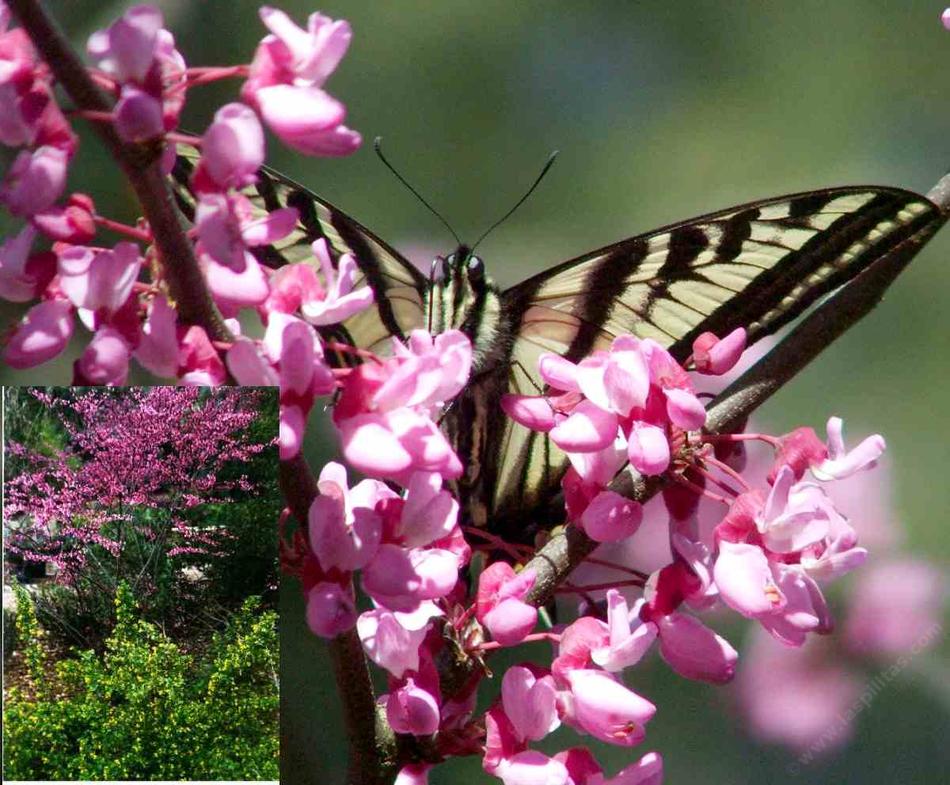

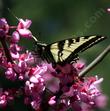
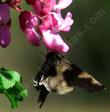
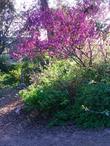

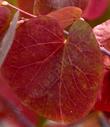


 play movie
play movie


